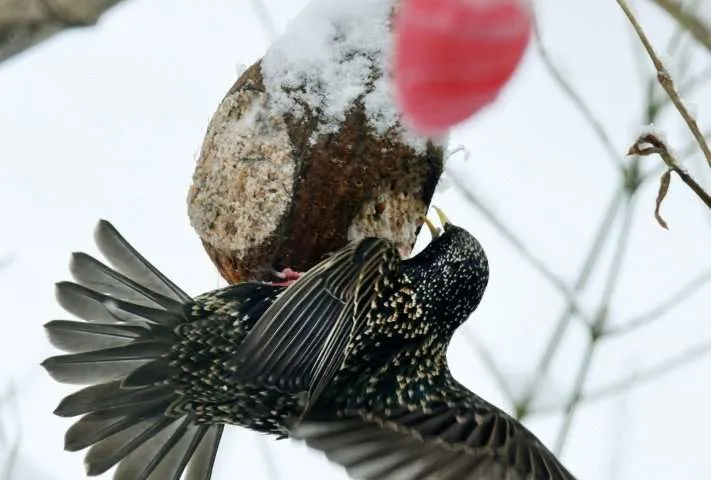A new generation of pesticides known as neonicotinoids emerged in the late 80s and 1990s, and quickly became the new standard in pest control due to their unrivalled effectiveness.
At the time, they were marketed as more green than organophosphate and carbamate insecticides, as less of the chemicals ended up in birds and other small mammals.
However, their sheer effectiveness at killing insects is causing a catastrophic collapse of bird populations in many places around the world, due to a lack of food.
Insect numbers have dropped by around 80% since the introduction of neonicotinoids, resulting in a drop of bird populations between 30-70% since the beginning of this century.
Government targets aimed at a 50% reduction in pesticide usage, but sales have instead grown year-on-year.
The sad irony is that birds are nature's own pest control – if we wipe them out through starvation we will create a cobra effect of even greater magnitude once, for whichever reasons, we must stop using pesticides.
If we are to feed billions of people without destroying our ecosystems, we need to do agriculture differently.
Firstly, we need to end monoculture cultivation, which are very vulnerable to infestation. We must return to polyculture and permaculture techniques that work with the flow of the systems of nature instead of against it. Smaller fields, biodiversity-rich hedgerows, and increased crop rotation can be used to create a healthier, richer countryside.
Permaculture has been trialled successfully in small, disparate subsistence farms, but it has yet to be properly scaled up to the level of industrial farming. We must invest in learning how to scale this knowledge to fit within economies of scale.
Whilst such techniques may be less efficient, we can compensate through technology, applying robotics to better manage the planting and harvesting of crops in smaller areas. A less-intensive requirement for fertilising and killing bugs may in the end work out to be less expensive for farm owners, even ignoring environmental externalities. Of course, If externalities were properly accounted for, then these alternatives would seem even more attractive.
We can also move to vertical farming, in pristine, hermetically-sealed environments that pests cannot enter, so that pesticides and herbicides are no longer required. Country land may instead be re-wilded, or turned into orchards and groves.
We don't have long to make these shifts. We are presently on track to the complete destruction of practically all wild birds in intensively-cultivated lands within a generation.
